
In the context of volatile global trade, effectively exploiting a market of nearly 100 million people is not only a solution to offset exports but also a long-term development strategy, putting consumers at the center of growth policy.
The resilience of a market of 100 million people - The numbers speak for themselves
The domestic market is asserting its role as a solid foundation for Vietnam's economic growth. In the first 9 months of 2025, while export activities faced many barriers from inflation, economic recession in major markets and geopolitical tensions, the growth driver came from the purchasing power of nearly 100 million people.
According to data released by the General Statistics Office ( Ministry of Finance ), total retail sales of goods and consumer services in the first 9 months of 2025 reached about 5.17 million billion VND, up 9.5% over the same period in 2024. This is a clear signal of the sustainability of domestic demand. In particular, in September 2025 alone, total retail sales reached 598.7 trillion VND, up 2% over the previous month. This positive trend was further reinforced when the final consumption figures for the first 9 months increased by 8.07% over the same period, contributing 73.83% to the overall growth rate of the economy.

Domestic "purchasing power" becomes economic "strength"
Social consumption currently accounts for more than 60% of GDP, is one of the three traditional growth drivers and plays a particularly important role. The Government has set a target of increasing total retail sales of consumer goods and services by about 10.5%, striving to reach 12% in 2025, contributing to realizing the GDP growth target of 8.3% to 8.5%.
In addition to the retail sector, the recovery of tourism is an important double lever. The strong increase in international and domestic visitors has led to demand for accommodation, food, shopping and entertainment services. National trade promotion events such as the “Vietnam Golden Autumn Fair 2025”, held from the end of October, are expected to continue to amplify the stimulus effect, connecting production and consumption and promoting Vietnamese goods on a large scale.

Tourism recovery is an important dual lever
Long-term strategy needed to turn "purchasing power" into "strength"
The picture of Vietnamese consumption in 2025 shows positive signals but also clear differentiation. Although the average consumer price index (CPI) in the first 9 months of the year was controlled at 3.27% - lower than the target threshold of 4%, consumer psychology is still quite sensitive to price fluctuations. Experts say that Vietnamese people are spending more cautiously, prioritizing products with real value, high quality and environmental friendliness.

Stimulating consumption associated with modernizing the distribution system and developing domestic trade in a sustainable direction.
According to Mr. Nguyen Duc Kien, economic expert, former Deputy Chairman of the National Assembly's Economic Committee, if effectively exploited, domestic consumption will become an important driving force for the goal of stable and long-term growth. He believes that the period 2026-2030 will be the time to shape a new economic model, in which Vietnam needs to achieve double-digit growth thanks to the internal strength of a market of nearly 100 million people.
From the perspective of the management agency, Mr. Tran Huu Linh, Director of the Department of Domestic Market Management and Development (Ministry of Industry and Trade) said that the Ministry is implementing the Domestic Market Development Program and the Campaign "Vietnamese people prioritize using Vietnamese goods" for the period 2025-2027. The program aims to stimulate consumption associated with modernizing the distribution system, developing domestic trade in a sustainable direction, creating a solid foundation for domestic production and building Vietnamese goods brands.
However, to turn “purchasing power” into “strength”, Vietnam needs a long-term strategy connecting policies, businesses and consumers - focusing on quality, transparency and green consumption trends.
Innovating business models according to smart consumption trends
Large retailers in Vietnam have quickly adapted and adjusted their business models to suit new consumer trends. The growth of e-commerce (expected to reach 35 billion USD by 2025, accounting for 10% of total retail sales) forces retailers to make the most of customer touchpoints, from traditional physical stores to e-commerce platforms (Shopee, TikTok Shop) and livestream sales.
It can be seen that changes in consumer behavior are forcing Vietnamese businesses to renew themselves - not only in business methods but also in sustainable development thinking.
As more and more domestic enterprises proactively shift to the “green economy - circular economy” model, the role of supporting policies becomes especially important. This is the stage where the State, enterprises and consumers need to work together to turn domestic consumption into a real growth driver.
To maximize the potential of domestic consumption, according to economic experts, closely coordinating three groups of policy solutions is the top priority, along with identifying and overcoming existing challenges. The three groups of strategic solutions include:
Firstly, implementing focused and transparent promotion policies, including consumer support programs, seasonal VAT reductions, and credit support packages for small and medium-sized enterprises (SMEs) participating in digital transformation, to increase the supply of quality goods to the market.
The home market is not only a place for consumption, but also a space for experimentation, brand building and trust. When the State, businesses and consumers share the same vision, the domestic market will become a sustainable endogenous resource, leading the Vietnamese economy to long-term growth.
Second, it is necessary to promote digital transformation and multi-channelization. Accordingly, technical support, reducing implementation costs and ensuring data security for small and medium-sized enterprises are necessary conditions to expand digital sales channels, meeting the convenient, safe and diverse shopping needs of consumers, especially the digital citizen generation.
Third, it is necessary to improve the quality and brand of Vietnamese goods by encouraging businesses to invest in quality control, brand development and friendly packaging, helping Vietnamese goods firmly dominate the "home market" before thinking about exporting.
However, despite the optimistic overall picture, there are still barriers that need to be addressed decisively, such as high input and logistics cost pressures, the production capacity of many small businesses is not enough to meet sudden demand for quality and quantity, along with trust risks if food safety incidents or trade fraud occur.

Mr. Dau Anh Tuan, Deputy General Secretary of the Vietnam Federation of Commerce and Industry (VCCI), commented that to stimulate consumption effectively and sustainably, it is not only about reducing prices, but also about improving the competitiveness of domestic enterprises. We need to synchronously deploy solutions such as supporting enterprises to reduce production costs, simplifying procedures for borrowers so that people can easily access consumer credit, and most importantly, creating a transparent business environment and healthy competition.
Enterprises need to continue to invest heavily in optimizing costs to have competitive prices, promote communication campaigns about clear origin, product quality and social responsibility, creating a clear difference compared to international competitors./.
Source: https://vtv.vn/thuc-day-tieu-dung-noi-dia-khi-san-nha-la-co-hoi-vang-100251106123307169.htm



![[Photo] Da Nang: Hundreds of people join hands to clean up a vital tourist route after storm No. 13](https://vphoto.vietnam.vn/thumb/1200x675/vietnam/resource/IMAGE/2025/11/07/1762491638903_image-3-1353-jpg.webp)








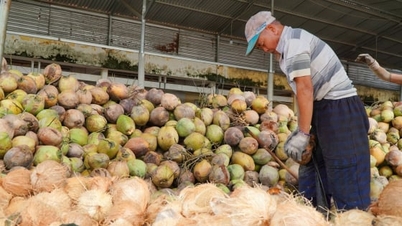

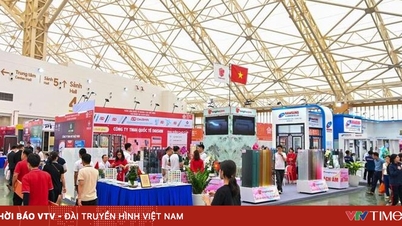




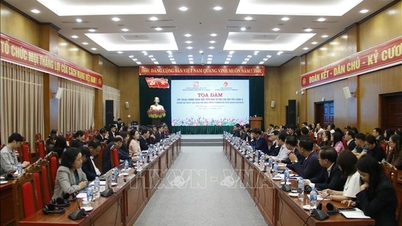








































































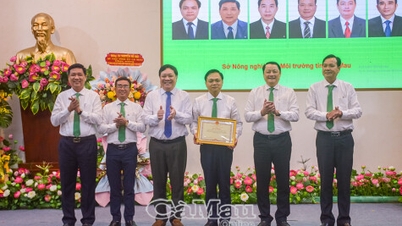

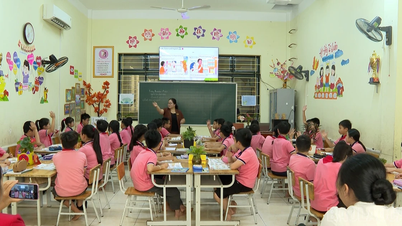
















Comment (0)